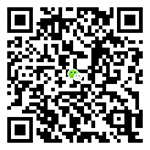-
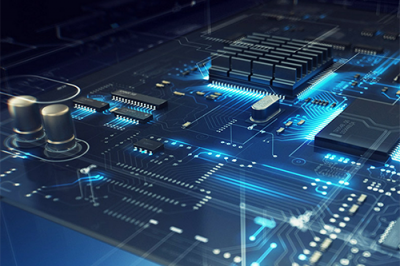 2021/08/23
2021/08/23A safe distance from including the electrical clearance (distance), creepage distance (creepage distance) and insulat...
-
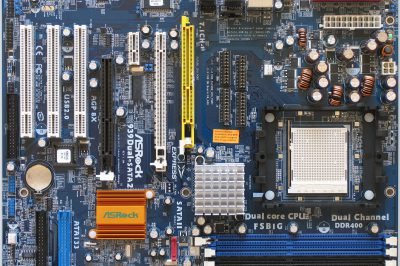 2021/08/23
2021/08/231, FR – 4 sheet is a kind of epoxy plate, has high mechanical properties and dielectric properties, good heat r...
-
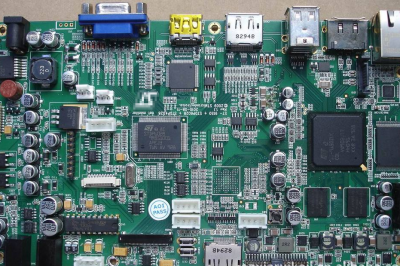 2021/08/23
2021/08/23North American car market is leading the global networking, PCBA OEM generation material predicts 2025, American domi...
-
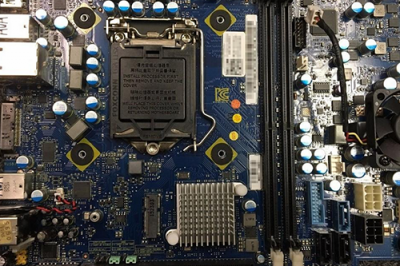 2021/08/23
2021/08/231, brush paint anti-corrosion protection must be tested before the PCBA assembly, inspection, and after a thorough cl...
PCB circuit board factory wastewater treatment
Release time:2018/08/09 news viewed:1884
PCB wastewater is polychlorinated biphenyl wastewater, which is a kind of wastewater in the printing industry and circuit board wastewater. PCB wastewater is divided into: cleaning wastewater, ink wastewater, complex wastewater, concentrated acid waste liquid, and concentrated alkali waste liquid. Printed circuit board (PCB) produces a large amount of water, and there are many types of wastewater contaminants and complex components. According to the characteristics of wastewater of different PCB manufacturers, reasonable classification and collection and quality treatment are the key to ensure the standardization of wastewater treatment.
For the wastewater treatment of the PCB board industry, there are chemical methods (chemical precipitation method, ion exchange method, electrolysis method, etc.), physical methods (various decantation methods, filtration methods, electrodialysis, reverse osmosis, etc.), and the chemical method is to treat wastewater. The pollutants are converted into an easily separable physical state (solid or gaseous). The physical method is to enrich the pollutants in the wastewater or separate the easily separated physical state from the wastewater to make the wastewater meet the discharge standard. The methods used at home and abroad are as follows.
First, the analysis method
The decanting method is actually a filtration method, which is one of the physical methods in the wastewater treatment method of the PCB board industry. The copper-containing flushing water discharged from the deburring machine is treated by a decanter to remove copper scraps. The effluent filtered by the decanter can be used to wash the washing water of the burr.
Second, the chemical law
Chemical methods include redox methods and chemical precipitation methods. The redox method is a substance which converts a harmful substance into a harmless substance or is easily precipitated and precipitated by using an oxidizing agent or a reducing agent. The cyanide-containing wastewater and the chromium-containing wastewater in the circuit board are often subjected to a redox method, as described later.
Chemical precipitation is the use of one or several chemicals to convert harmful substances into easily separated precipitates or precipitates. PCBA OEM foundry circuit board wastewater treatment uses a variety of chemical agents, such as NaOH, CaO, Ca (OH) 2, Na2S, CaS, Na2CO3, PFS, PAC, PAM, FeSO4, FeCl3, ISX, etc., precipitant It can convert heavy metal ions into precipitates, and then separate the solid and liquid through a sloping plate sedimentation tank, a sand filter, a PE filter, a filter press, and the like.
Third, chemical precipitation – ion exchange method
Chemical precipitation treatment of high-concentration circuit board wastewater in one step to achieve emission standards is more difficult, often combined with ion exchange. First, the chemical precipitation method is used to treat the high-concentration circuit board wastewater, and the content of heavy metal ions is reduced to about 5 mg/L. Then, the ion exchange method is used to reduce the heavy metal ions to the discharge standard.
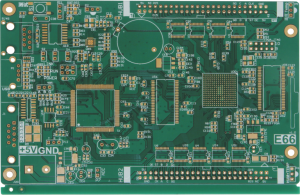
Fourth, electrolysis – ion exchange method
In the PCB board industry wastewater treatment method, the electrolytic treatment of high-concentration circuit board wastewater can reduce the content of heavy metal ions, and the purpose is the same as the chemical precipitation method. However, the insufficiency of the electrolysis method is that it is effective only for the treatment of high-concentration heavy metal ions, the concentration is lowered, the current is significantly decreased, the efficiency is obviously weakened, the power consumption is large, and the promotion is difficult; the electrolysis method can only treat a single metal. Electrolysis – The ion exchange method is copper plating and etching waste liquid. For other waste water, it is treated by other methods.
V. Chemical method – membrane filtration method
The waste water of the PCB board industry is chemically pretreated, so that harmful substances can be precipitated out of the filterable particles (>0.1μ in diameter), and then filtered by the membrane filtration device to reach the discharge standard.
Sixth, gaseous condensation – electric filtration
Among the wastewater treatment methods in the PCB industry, gaseous condensation-electric filtration is a novel wastewater treatment method developed in the United States in the 1980s without chemicals. It is a physical method to treat printed circuit board wastewater.
It consists of three parts. The first part is an ionized gas generator. The air is sucked into the generator. The ionized magnetic field changes its chemical structure and becomes highly activated magnetic oxygen and nitrogen ions. This gas is used by a jet device. It is introduced into the waste water to oxidize and aggregate the harmful substances such as metal ions and organic substances in the waste water, and is easy to be filtered and removed. The second part is an electrolyte filter to remove the agglomerated substance produced in the first part; the third part is high-speed ultraviolet light. The irradiation device emits ultraviolet rays into the water to oxidize organic substances and chemical complexing agents to reduce CODcr and BOD5. At present, a complete set of integrated equipment has been developed for direct application.
FacebookTwitterGoogle+Share
In the previous: PCB industry pattern and development trend
The next article: What are the benefits of using precious metals such as gold and silver on the PCB?
- About PCBA OEM generation interconnection ...
- What are the benefits of using precious me...
- What are the benefits of using precious me...
- Collect now! A useful PCB final checklist!
- [Technology] PCB surface treatment process
- PCBA board between the shell and safety re...
- PCB industry pattern and development trend
- Do you really understand PCB? Take you to ...





